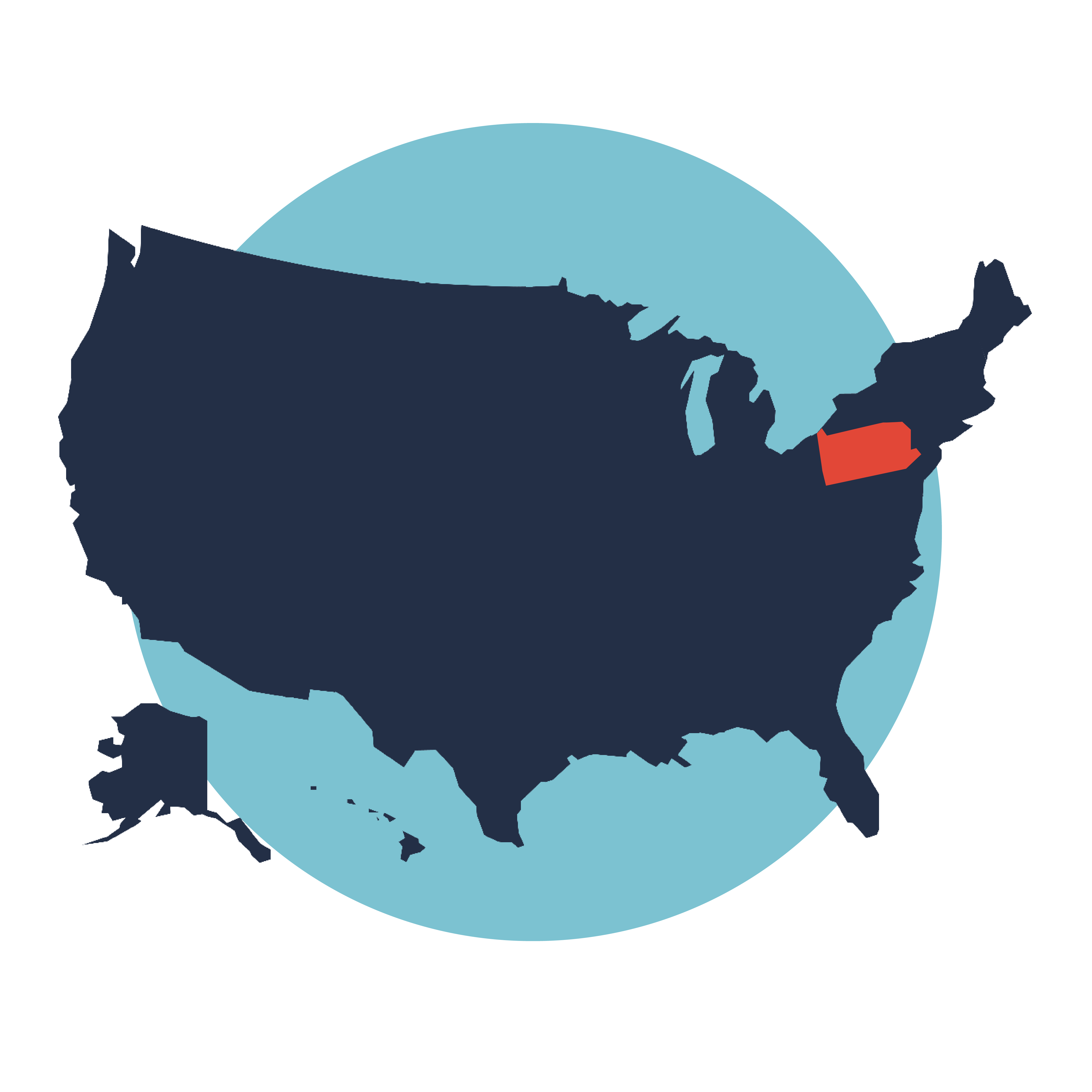The state of Pennsylvania follows the Dillon rule and has neither rent control nor preemption. The Dillon rule “creates a framework where local governments can only legislate what the state government has decreed… If local governments wish to exercise authority outside what has been delegated, they may approach the state and make their case.”
And while Pennsylvania does not have specific language implementing or prohibiting rent control, their constitutional structure could allow municipalities the opportunity to implement rent control if they should make the case for it.
Therefore, it is imperative that preemption be introduced and passed to protect citizens from the ramifications of rent control.




